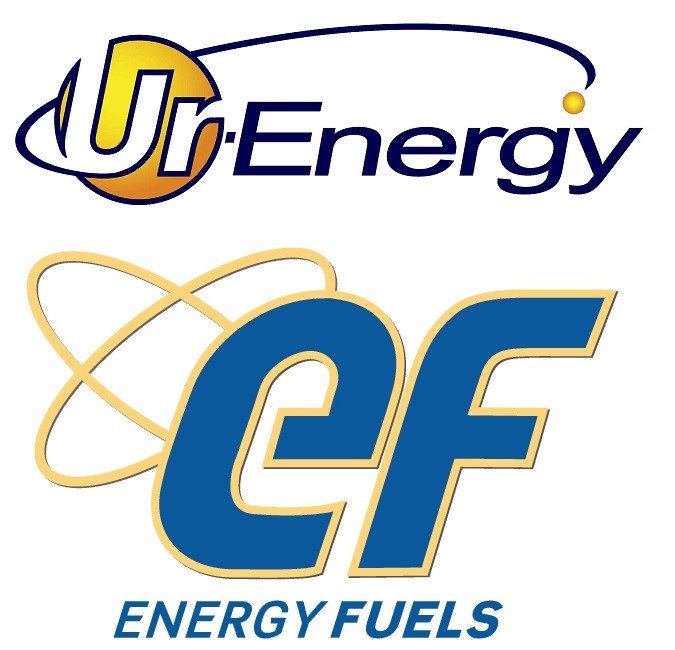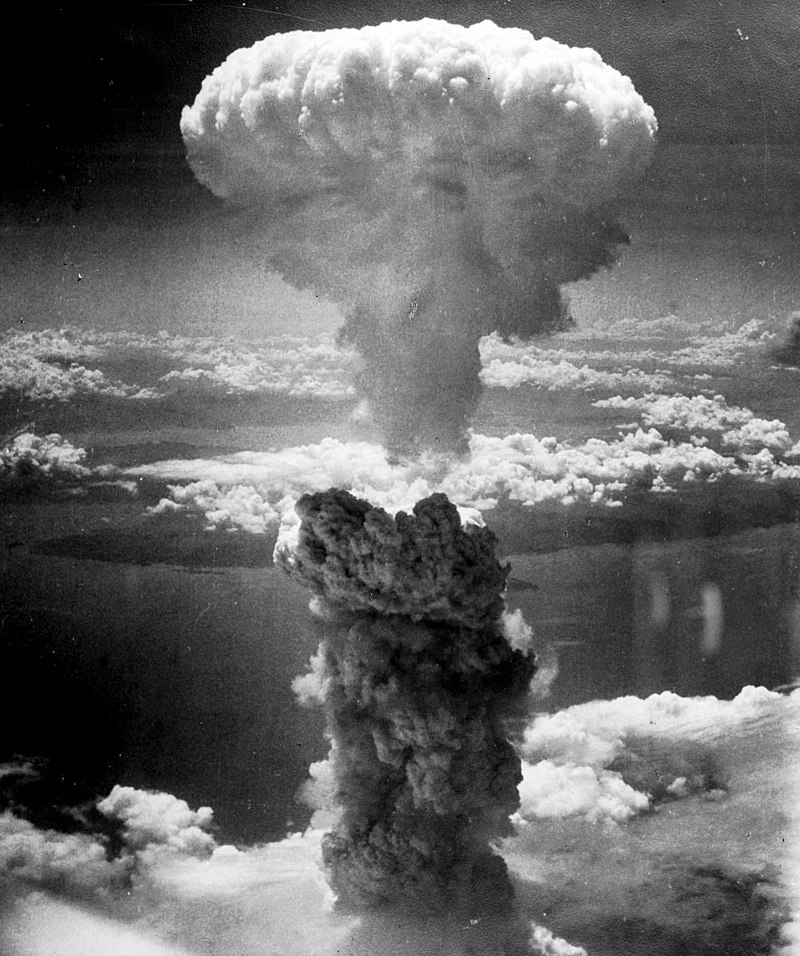Nuclear power is supported by a global network of companies supplying technology, services and fuel to the operators of nuclear power plants. When there are trade disputes between nations, sometimes this can have an effect on companies that run nuclear power plants in the U.S. Recently, the U.S. has been imposing tariffs on imports and has been hit with reciprocal tariffs on U.S. goods being exported. This may pose a problem for the import of uranium fuel for nuclear power plants.
Ur-Energy Inc and Energy Fuels Inc lodged a complaint with the U.S. Department of Commerce (DoC) this summer that foreign competitors in the nuclear fuels market are subsidized by their governments and that this unfair competition has resulted in the two companies reducing their output and laying off workers. The DoC began a “Section 232” investigation into uranium imports in July of this year in response to the complaints.
President Trump wants to help domestic industries such as nuclear fuel production by imposing tariffs on foreign competitors but if he imposes uranium tariffs on foreign companies, then the cost of operation will go up for operators of U.S. nuclear power reactors. This goes against Trump’s desire to support the U.S. nuclear industry.
David Tamasi is a spokesperson for the Ad Hoc Utilities Group (AHUG). He said, “Imposing additional regulatory burdens on the already struggling nuclear energy industry will put 100,000 good paying domestic jobs and careers at risk and is inconsistent with President Trump’s and the Department of Energy’s policy pronouncements.”
The Trump administration has been working on keeping U.S. nuclear and coal power plants open which are in danger of shutting down under the pressure of cheap natural gas and renewables dropping in cost.
Uranium is used for the generation of twenty percent of U.S. electricity in ninety-eight commercial nuclear power reactors for industrial and home use. Uranium is also used for the creation of nuclear weapons and to power aircraft carriers and submarines. The U.S. nuclear industry says that for these reasons, a diverse supply of uranium is very important to the U.S. economy and national security.
As of 2017, about fifty eight percent of the U.S. uranium supply came from the U.S., Canada and Australia. Russia supplied sixteen percent, Kazakhstan supplied eleven percent, Uzbekistan supplied five percent, Namibia supplied five percent, South Africa suppled two percent and Niger supplied two percent.
Jeffrey Klenda is the president and CEO at Ur-Energy, and Mark Chalmers is the president and CEO at Energy Fuels. They issued a joint statement that said, “If the U.S. uranium mining industry does not survive, we will essentially hand over to unfriendly countries control of our nuclear sector.”
The DoC says that the investigation is still under way. It is just one of multiple investigations being carried out under Section 232 of the Trade Expansion Act on 1962.
This law is a hold-over from the Cold War years and, up until recently, has rarely been used.
There have already been probes by the Trump administration on steel and aluminum that have resulted in tariffs and quotas on those commodities. This has, in turn, resulted in retaliatory tariffs imposed by trading partners such as Canada, Mexico and the European Union.







